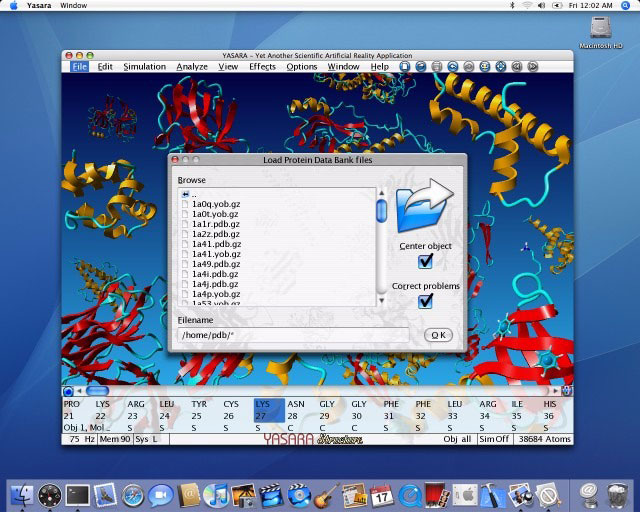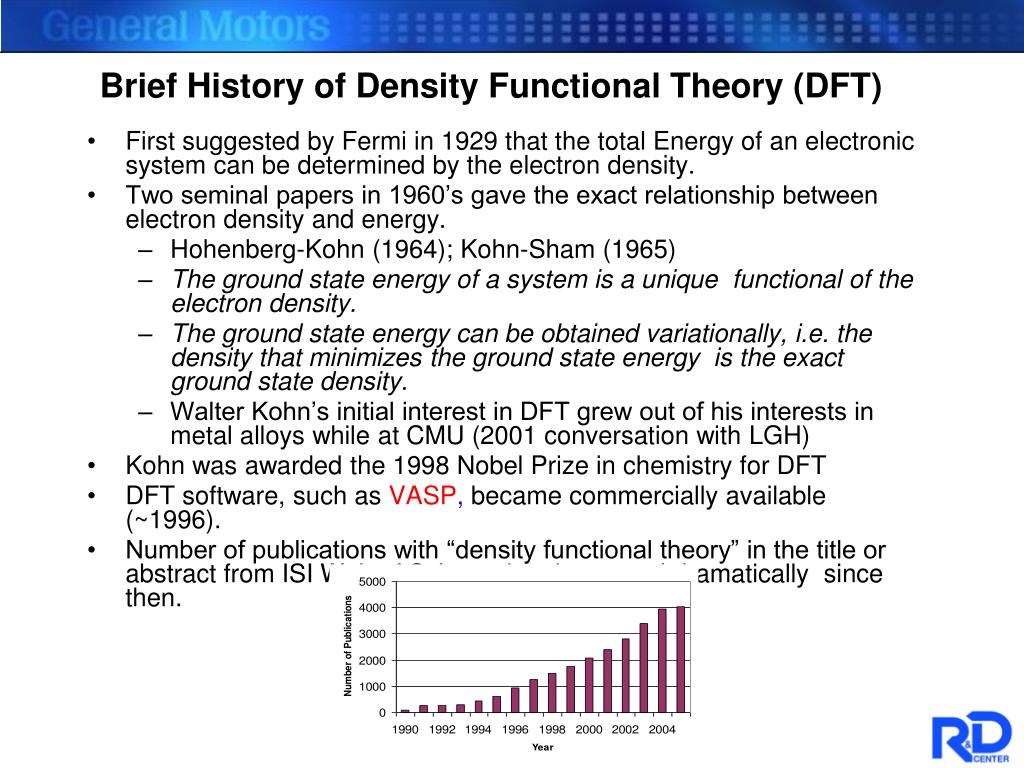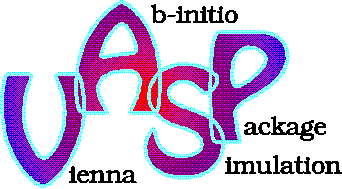



The code uses fast iterative techniques for the diagonalization of the DFT Hamiltonian and allows to perform total-energy calculations and structural optimizations for systems with thousands of atoms and ab initio molecular dynamics simulations for ensembles with a few hundred atoms extending over several tens of ps.

VASP is a plane-wave all-electron code using the projector-augmented wave method to describe the electron-core interaction. In this review, I discuss the implementation of various DFT functionals and post-DFT approaches in the Vienna ab initio simulation package VASP. (ii) The implementation of the new functionals and many-body techniques within highly efficient, stable, and versatile computer codes, which allow to exploit the potential of modern computer architectures. This development is based on two important columns: (i) The improved description of electronic many-body effects within density-functional theory (DFT) and the upcoming post-DFT methods. During the past decade, computer simulations based on a quantum-mechanical description of the interactions between electrons and between electrons and atomic nuclei have developed an increasingly important impact on solid-state physics and chemistry and on materials science-promoting not only a deeper understanding, but also the possibility to contribute significantly to materials design for future technologies.


 0 kommentar(er)
0 kommentar(er)
